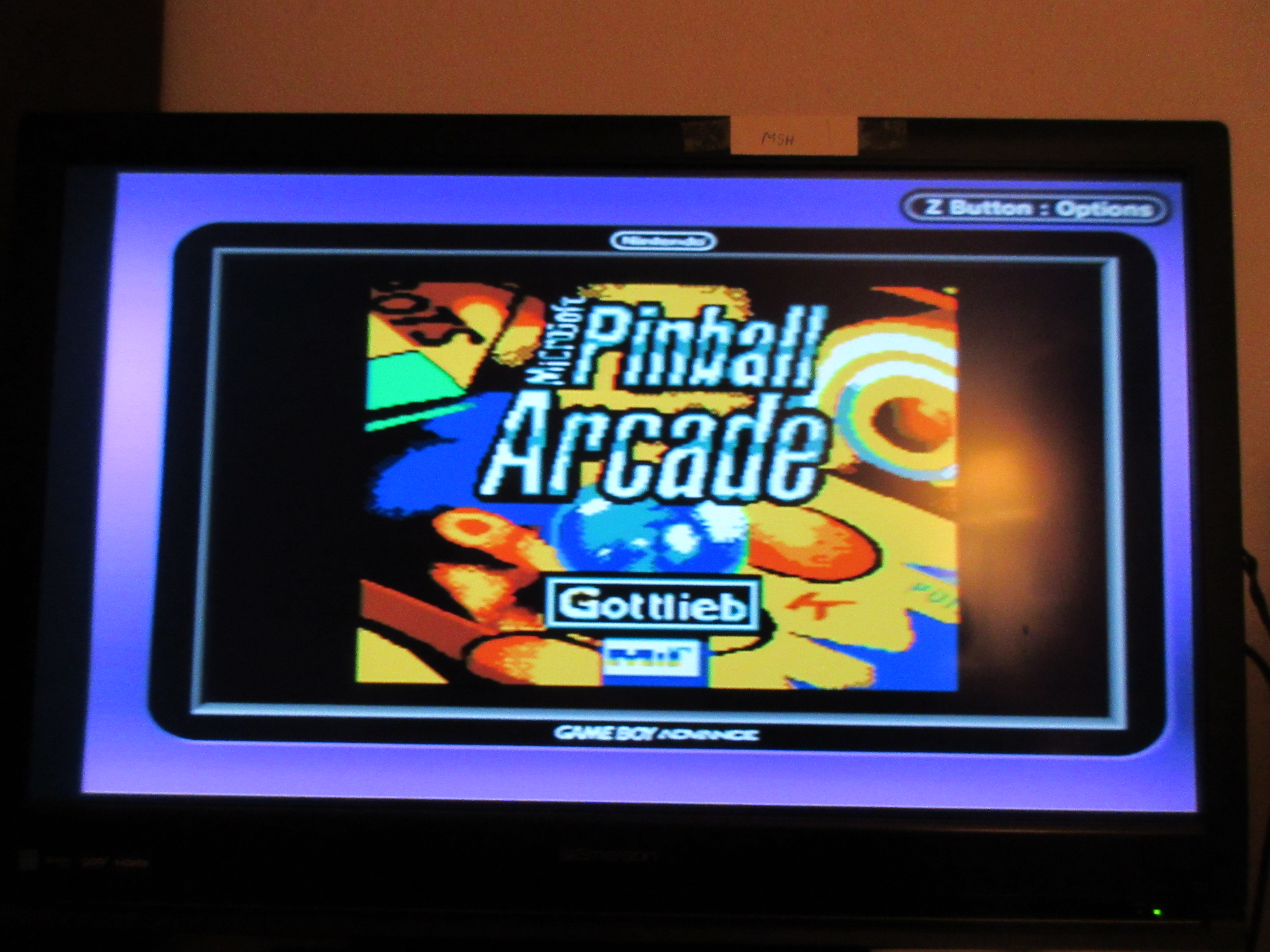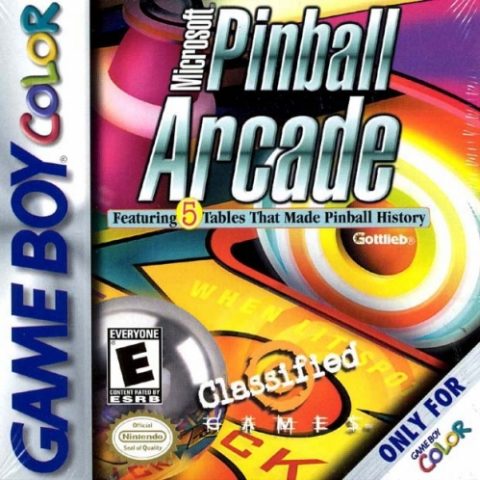

- Game boy color microsoft pinball arcade upc archive#
- Game boy color microsoft pinball arcade upc tv#

But the economy stunk, inflation was astronomical, and crime and unemployment were both rampant.
Game boy color microsoft pinball arcade upc tv#
By the mid-1970s, Pong and Atari were slowly gaining momentum, and the Magnavox Odyssey was turning TV sets into game stations. It was a notable decade for electronic games too. Vietnam ended, Microsoft started, Skylab's crew returned to earth, home computers gave rise-and so did hip-hop-Pol Pot assailed the people of Cambodia, Patty Hearst got kidnapped, Margaret Thatcher took office, and Nixon resigned. The Magnavox Odyssey makes TV more interesting. So it's time for us to see what they're really made of so that we know what they'll become. They have been around long enough to stand on their own. Because like it or not, electronic games are not babies anymore. The goal was to develop a State of the Union: Redefining Games: How Academia Is Reshaping Games of the Future. In a word, academia is "boring." GameSpot set out to challenge this notion by seeking some of the more compelling minds that are addressing game theory, which includes those who teach game studies and new media through universities, through thought-provoking games and Web sites, through art, and through community. Furthermore, the academic archives less selectively, collecting all ideas, verbal history, written history, and digital history, which comprises a complete history quite unlike the conceptual history of electronic games currently available.īut there's a stigma attached to academia, particularly among game designers and game players.
Game boy color microsoft pinball arcade upc archive#
Classic game fans archive too, but they usually do so for personal reasons and not for permanent public availability and accessibility. Academia is also interested in collections, which benefits the developer, consumer, and classics enthusiasts fairly equally. And academia can teach everyone a thing or two about what motivates a person to play games, why they are important, how we can make them better, and what we learn from them overall. The classics enthusiast can teach developers what makes a good game, regardless of era or trends. The consumer can teach the academic about buying patterns and attention spans. The game developer can teach the consumer what to expect in the coming months. To the academic, this history is a disorganized, infantile beast-full of discrepancies and confusion-that's waiting to be collected, sorted, observed, tamed, and pushed into the realm of true innovation.Įach group, though driven by different motives, has something to offer the others. To the collector, the electronic games history is a bible to be revered and a reference to be digested and divulged at classic game conventions.

The future, to game players, is possibly more important than the past. To the game-consuming public, the history is a dull lesson that drops off just short of the second-to-last game system actually owned. To the game developer, this body of history represents a list of successes and failures compounded by the belief that if only he or she would have had as much polygonal power in 1987 as exists today, the failures would be fewer. The history of electronic games, as relatively short as it may be, can already be divided into several distinct personalities. By Lauren Gonzalez Design by Collin Oguro


 0 kommentar(er)
0 kommentar(er)
